Learn About Spinal Cord Injury
What is a Spinal Cord Injury?
No two spinal cord injuries are alike. Each spinal cord injury is significantly different and requires different treatment methods and approaches for rehabilitation. There are different levels and classifications of spinal cord injuries leading to different impairments and potential outcomes. Multiple life changes come with every spinal cord injury. In order to improve the quality of life for patients with spinal cord injuries, RHI offers the most comprehensive individualized care to every patient that comes through our doors.
A spinal cord injury is caused by damage to the spinal cord leading to temporary or permanent loss of strength and sensation as well as bowel and bladder and respiratory function. A spinal cord injury can result from traumatic and non-traumatic causes.
The spinal column is divided into 4 sections: Cervical, Thoracic, Lumbar, and Sacral. Within each section there are various levels that control different sensory areas, muscles, and organ function. The area of injury to the spinal cord will correlate to specific losses of function. Spinal cord injuries will be classified as complete or incomplete based on results of the International Standards for Neurological Classification of Spinal Cord Injury (ISNCSCI). This is a standardized test from American Spinal Injury Association to assess level and severity of spinal cord injury. This test is performed upon admission to RHI if it has not been completed at an outside hospital. Test results allow the rehabilitation team to cater a plan of care specifically to the needs of the patient.
Complete Spinal Cord Injury
A complete spinal cord injury indicates an interrupted connection between nerves within the spinal column at the level of injury. This indicates no signal/innervation communicated to levels below the injury. A diagnosis of a complete spinal cord injury decreases the chance of muscle and nerve return below the level of injury.
Incomplete Spinal Cord Injury
An incomplete spinal cord injury is a less severe interruption in either sensory or motor innervation with greater preserved communication between the levels below the injury. There is greater variability in functional outcomes with an increased chance of muscle and nerve return below the level of injury.
What We Treat
We treat all levels of spinal cord injuries which include:
- Paraplegia
- Tetraplegia
We also treat all different types of traumatic and non-traumatic spinal cord injuries such as:
- Transverse Myelitis
- Central Cord
- Other Neurologic Disorders affecting mobility (ALS, Multiple Sclerosis, Guillain Barre Syndrome, AIDP, CIDP)
Comprehensive rehabilitation program will include therapy, medical treatment, education, and training to address various complications secondary to spinal cord injuries, which include:
- Neurogenic bowel
- Neurogenic bladder
- Pain/Neuropathic pain
- Spasticity
- Skin/wound management
- Psychology
- Respiratory disorders
- Autonomic dysfunction